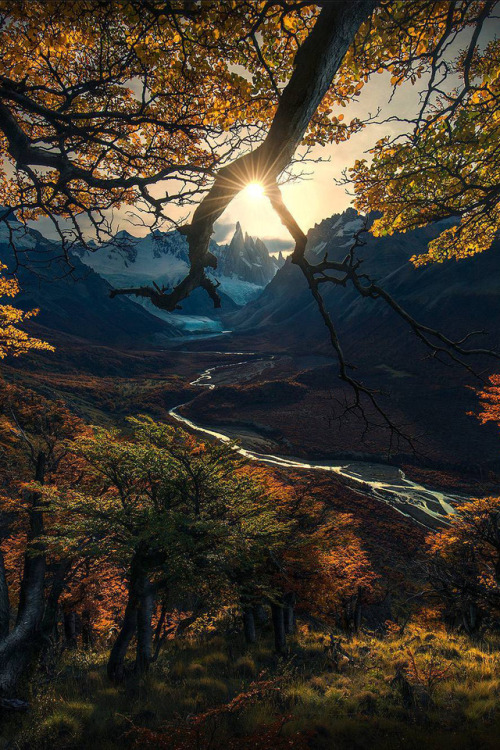Taislydianne-blog - TaisLydianne




More Posts from Taislydianne-blog and Others


Sometimes a hello is an ‘I hope I get to know you,’ sometimes it’s an ‘I’ve missed you,’ sometimes it’s a 'God, I love you,’ and sometimes it’s just a 'hello.’
(via i-wrotethisforme)
How Many Species Share Our Planet?
The answer: we have NO IDEA. Most taxonomists think that we have not even begun to discover all the species that live on Earth. After nearly 250 years of organized study and exploration, and the finding of over 15,000 new living beings each year, taxonomists are still uncomfortable giving concrete estimates. And they are the experts! What makes counting species so hard?
Scientists have identified and named nearly 8.7 million species, but that number is constantly challenged by scientists presenting new methods and models for estimating how many more we have to find. Statistical models are the most inexact of sciences. And scientists are proposing new models for estimating the number of species every year, each with wildly different numbers.
But it’s not just statistics. One of the biggest reasons we do not know how many species share our planet is that 99 percent of all potential living space is under the ocean, and we humans have explored less than 10 percent of it.

Reading on the garden path (1883). Albert Aublet (French, 1851-1938). Oil on canvas.
There is a woman reading with no sense of movement. The peacefulness of the woman is paired with the vibrancy of the nature surrounding her. Perhaps the flourishing garden reflects her mind as she is indulging in her own consciousness or imagination.


Autumn Sun in Patagonia by Max Rive




The Song (1907). William Merritt Chase (American, 1849-1916). Oil on canvas. Crystal Bridges Museum of American Art.
The woman in white perhaps has been working diligently at the table covered with books and papers. The piano music and song from her companion has moved her. She pushes back from her work, put her head down to listen, and receives a pleasant respite from her labours.
-
 gadis liked this · 4 years ago
gadis liked this · 4 years ago -
 dreamilymagnificentrebel-blog liked this · 8 years ago
dreamilymagnificentrebel-blog liked this · 8 years ago -
 kmarys reblogged this · 8 years ago
kmarys reblogged this · 8 years ago -
 kmarys liked this · 8 years ago
kmarys liked this · 8 years ago -
 3704-3837 liked this · 8 years ago
3704-3837 liked this · 8 years ago -
 limenpeaches reblogged this · 8 years ago
limenpeaches reblogged this · 8 years ago -
 mariecorelli reblogged this · 8 years ago
mariecorelli reblogged this · 8 years ago -
 edimaggie reblogged this · 8 years ago
edimaggie reblogged this · 8 years ago -
 taislydianne-blog reblogged this · 8 years ago
taislydianne-blog reblogged this · 8 years ago -
 taislydianne-blog liked this · 8 years ago
taislydianne-blog liked this · 8 years ago -
 latte778 liked this · 8 years ago
latte778 liked this · 8 years ago -
 fxrblade liked this · 8 years ago
fxrblade liked this · 8 years ago -
 betweensaidlines liked this · 8 years ago
betweensaidlines liked this · 8 years ago -
 nocnezwierze liked this · 8 years ago
nocnezwierze liked this · 8 years ago -
 nakednorman liked this · 8 years ago
nakednorman liked this · 8 years ago -
 lexcatt liked this · 8 years ago
lexcatt liked this · 8 years ago -
 katashyna reblogged this · 8 years ago
katashyna reblogged this · 8 years ago -
 meg-pond reblogged this · 8 years ago
meg-pond reblogged this · 8 years ago -
 tennantsforever liked this · 8 years ago
tennantsforever liked this · 8 years ago -
 newpersephone reblogged this · 8 years ago
newpersephone reblogged this · 8 years ago -
 infiliwetrust liked this · 8 years ago
infiliwetrust liked this · 8 years ago -
 yellowbowlofdandelions liked this · 8 years ago
yellowbowlofdandelions liked this · 8 years ago -
 magullon reblogged this · 8 years ago
magullon reblogged this · 8 years ago -
 madzwierzwithinternet reblogged this · 8 years ago
madzwierzwithinternet reblogged this · 8 years ago -
 jessischn reblogged this · 8 years ago
jessischn reblogged this · 8 years ago -
 lucyemers liked this · 8 years ago
lucyemers liked this · 8 years ago -
 cardamomsage reblogged this · 8 years ago
cardamomsage reblogged this · 8 years ago -
 norton-addiction liked this · 8 years ago
norton-addiction liked this · 8 years ago -
 birdy4 liked this · 8 years ago
birdy4 liked this · 8 years ago -
 jojogoo65 liked this · 8 years ago
jojogoo65 liked this · 8 years ago -
 end-of-the-world-optimist liked this · 8 years ago
end-of-the-world-optimist liked this · 8 years ago -
 cardamomsage liked this · 8 years ago
cardamomsage liked this · 8 years ago -
 jamesginortonblog liked this · 8 years ago
jamesginortonblog liked this · 8 years ago -
 ninefuckingblacklifes-blog reblogged this · 8 years ago
ninefuckingblacklifes-blog reblogged this · 8 years ago